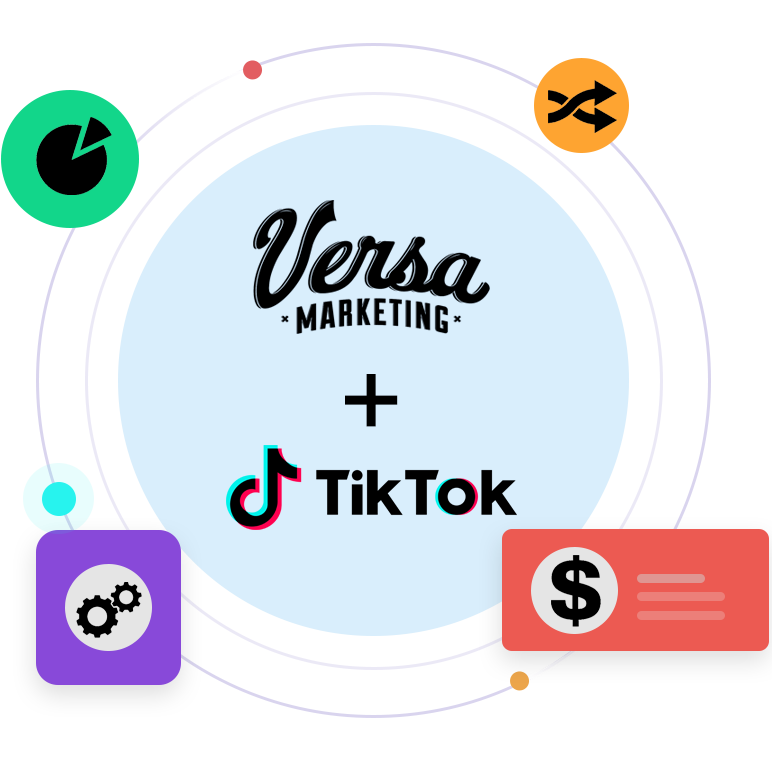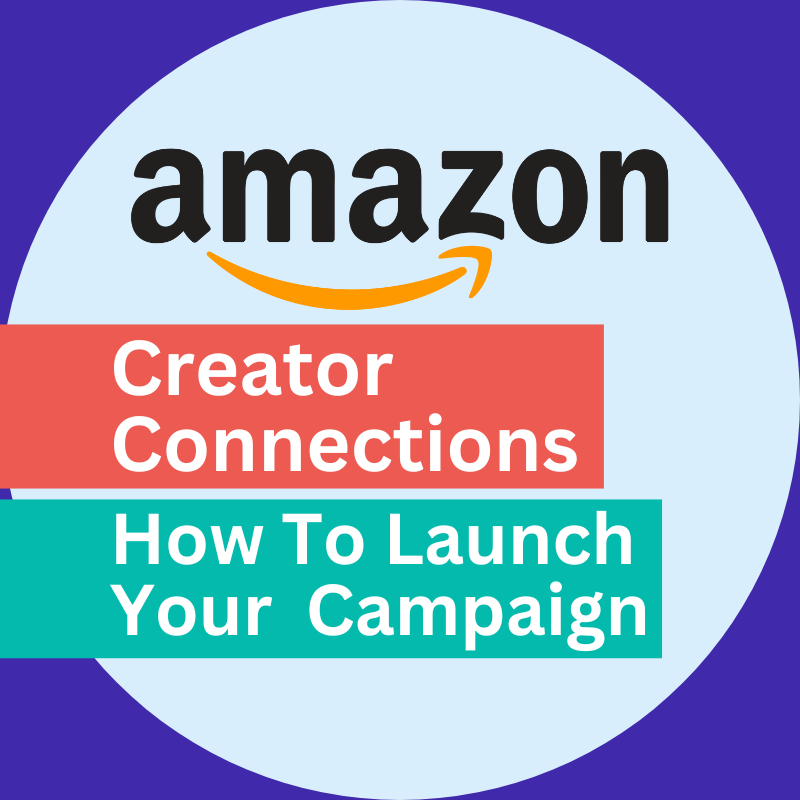
With the right level of tracking, advertisers can calculate the exact ROI of an affiliate program marketing dollar spent. If a customer visits an advertiser’s website on an affiliate click and makes a purchase, that amount can be tracked. The commission paid out to the affiliate generating the sale can also be tracked. Along with the spend on internal resources and the affiliate agency. But to take it a step further, the advertiser can track just more than the initial purchase. The yearly or life-time value of customers can be tracked. This can be done on an individual level (each purchase and customer) or the use of averages can be applied. This type of tracking is seen most prominently from advertisers in the area of new customer acquisition. A higher premium is placed on attracting new customers than on sales generated from current customers. Generally speaking, a new customer has x percentage likelihood of making another purchase from the advertiser. This additional revenue can then be associated with new customers and rolled into the ROI calculation. For example; if company X has an average order value of $30 for new customers and 35% of new customers spend an additional $50 in the first year, then the first year value of a new customer would be $47.50. This data drastically changes the ROI calculation as opposed to using just the initial purchase revenue. This can also be extrapolated out to the life-time value of a new customer. The point being, this information can be tracked, is extremely valuable and can be acted upon.
 The action taken from this data can be wide ranging. Commissions can be increased to affiliates generating new customer sales. Internal processes and marketing procedures can be optimized to increase life-time value. The spend on staff or outsourced program management can be justified. At the end of the day this information helps companies make well informed decisions on their marketing spend.
Below are a few ways that companies can increase the value of customers and hence spend a larger marketing budget to acquire them.
The action taken from this data can be wide ranging. Commissions can be increased to affiliates generating new customer sales. Internal processes and marketing procedures can be optimized to increase life-time value. The spend on staff or outsourced program management can be justified. At the end of the day this information helps companies make well informed decisions on their marketing spend.
Below are a few ways that companies can increase the value of customers and hence spend a larger marketing budget to acquire them.
- Include an up-sell aspect to the shopping cart check-out process
- Optimize the up-sell path during check-out (testing is key here)
- Retarget to current consumers through an email campaign
- Utilize a shopping cart abandonment service to contact customers that left the checkout process early
- Display other companies’ products as affiliate links on the sale confirmation page (after they have made a purchase)
- Include an auto-ship option for goods that consumers will likely need to repurchase, etc…





